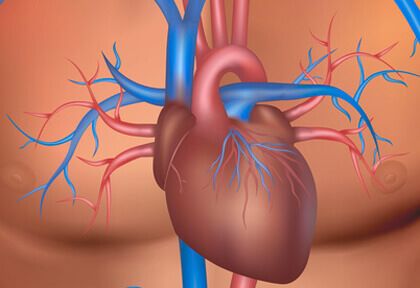Pressure loss vs. flow curves offer a fundamental synthesis of fluids dynamics in describing aortic valve physiopathology. Severe aortic stenosis is not just an orifice (as suggested by Gorlin) or a segment that offers dynamic resistance. However, once a new transcatheter valve has been implanted, it will behave purely as a resistor.

Since resting assessment of gradients or flows cannot accurately predict stress hemodynamics, we need this “valvular fractional flow reserve” to explain stress symptoms in patients with moderate stenosis at rest.
Read also: TAVR in Patients with Classical Low Flow, Low Gradient.
Echocardiography and computer tomography can document dynamic changes and stenosis geometry and severity during both the resting cardiac cycle and the stressed induced increase in cardiac output. However, the correlation between gradient vs. flow has not yet been described.
The study included 16 patients undergoing TAVR to dobutamine infusion while 0.014” pressure wires in the aorta and left ventricle registered transvalvular pressure gradient. Simultaneously, a Swan Ganz catheter assessed cardiac output by thermodilution. This was done before and after TAVR.
Neither the linear resistor nor the quadratic orifice model at rest predicted stress observations.
Read also: Which Low-Flow, Low-Gradient Patients Benefit from Valve Replacement?
Aortic to left ventricular pressure ratio during systolic ejection under stress conditions with dobutamine was what best correlated with post TAVR flow improvement.
After TAVR, a highly linear relationship indicates the prosthetic valve behaves as a resistor.
Original title: Pressure gradient vs. flow relationships to characterize the physiology of a severely stenotic aortic valve before and after transcatheter valve implantation.
Reference: Nils P. Johnson et al. European Heart Journal (2018) 39, 2646–2655.
Subscribe to our weekly newsletter
Get the latest scientific articles on interventional cardiology
We are interested in your opinion. Please, leave your comments, thoughts, questions, etc., below. They will be most welcome.




